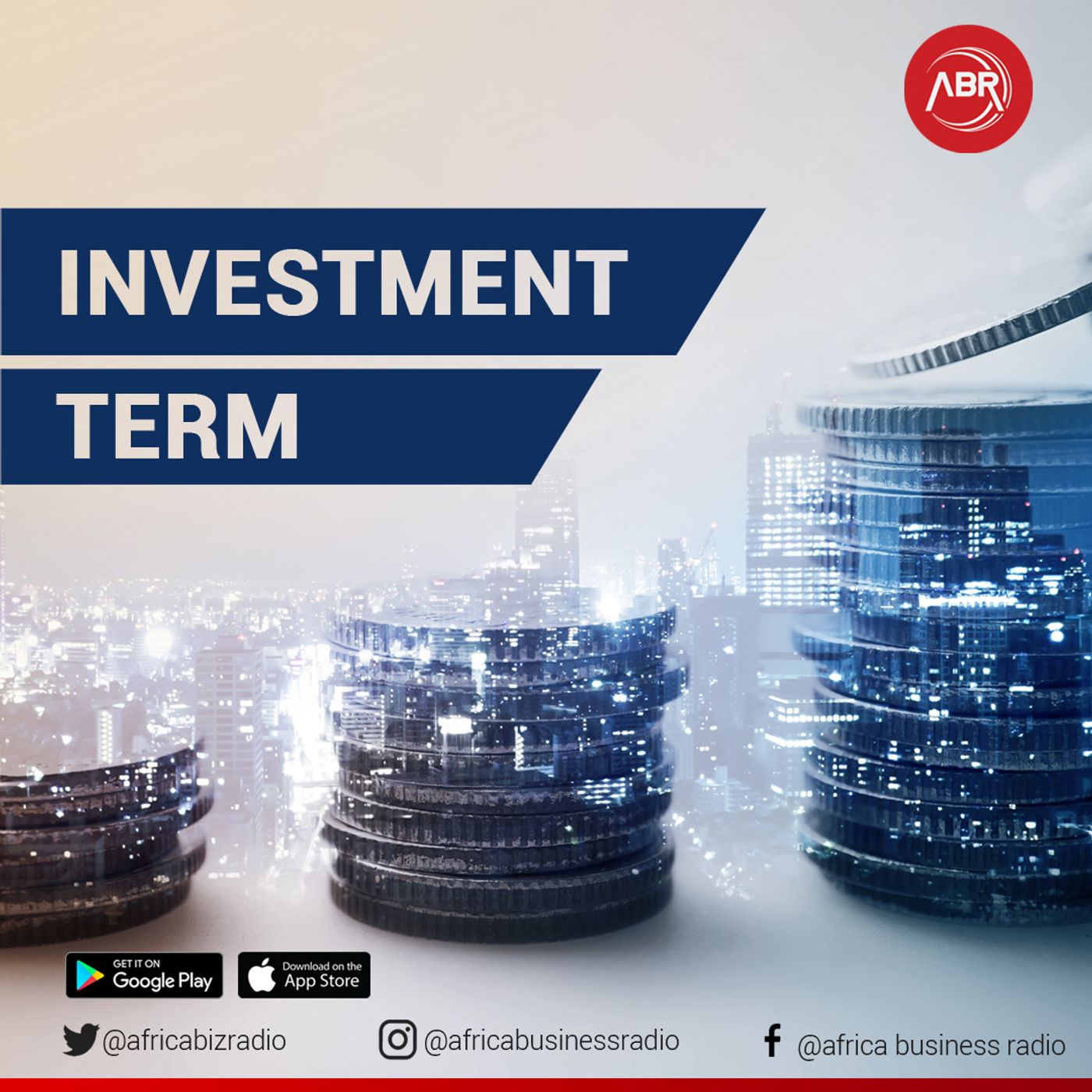Listen "Investment Term for the Day : Sharpe Ratio"
Episode Synopsis
The Sharpe ratio was developed by Nobel laureate William F. Sharpe and is used to help investors understand the return of an investment compared to its risk.1 2 The ratio is the average return earned in excess of the risk-free rate per unit of volatility or total risk. Volatility is a measure of the price fluctuations of an asset or portfolio.Subtracting the risk-free rate from the mean return allows an investor to better isolate the profits associated with risk-taking activities. The risk-free rate of return is the return on investment with zero risk, meaning it's the return investors could expect for taking no risk. The yield for a U.S. Treasury bond, for example, could be used as the risk-free rate.Generally, the greater the value of the Sharpe ratio, the more attractive the risk-adjusted return.The Sharpe ratio has become the most widely used method for calculating the risk-adjusted return. Modern Portfolio Theory states that adding assets to a diversified portfolio that has low correlations can decrease portfolio risk without sacrificing return.Adding diversification should increase the Sharpe ratio compared to similar portfolios with a lower level of diversification. For this to be true, investors must also accept the assumption that risk is equal to volatility, which is not unreasonable but may be too narrow to be applied to all investments.The Sharpe ratio can be used to evaluate a portfolio’s past performance where actual returns are used in the formula. Alternatively, an investor could use expected portfolio performance and the expected risk-free rate to calculate an estimated Sharpe ratio.Become a supporter of this podcast: https://www.spreaker.com/podcast/investment-terms--4432332/support.
More episodes of the podcast Investment Terms
Investment Term for the Day - Kiting
18/03/2024
Investment Term for the Day - J Curve
11/03/2024
Investment Term for the Day - Hard Skills
19/02/2024
Investment Term for the Day - Gini Index
14/02/2024
 ZARZA We are Zarza, the prestigious firm behind major projects in information technology.
ZARZA We are Zarza, the prestigious firm behind major projects in information technology.
